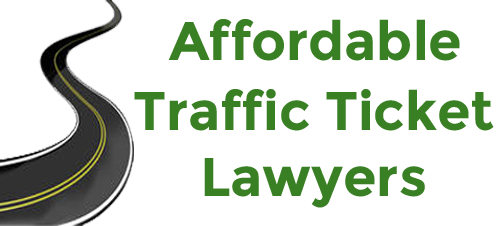Drafting Leases A Landlord’s Legal Guide
Lease agreements play a crucial role in defining the landlord-tenant relationship. A well-drafted lease can prevent misunderstandings, protect landlords from potential liabilities, and ensure a harmonious renting experience for both parties. Listed below are answers to some of the most common questions about the process of drafting a lease.
Why Is A Detailed Lease Agreement Necessary?
A comprehensive lease agreement sets clear expectations and boundaries for both the landlord and tenant. It outlines the responsibilities, rights, and obligations of each party. A detailed lease minimizes ambiguities and can be a critical tool if disputes arise in the future.
What Should Be Included In The Lease’s Basic Structure?
At its core, a lease agreement should include the names of the parties involved, the property’s address, the rent amount, payment methods, duration of the lease, and terms for renewal. Additionally, provisions concerning security deposits, maintenance responsibilities, and conditions for termination should also be present.
How Can Landlords Ensure Protection Against Property Damages?
Incorporate clear clauses about the security deposit. Specify its amount, the reasons for deductions, and the return process. It’s also a good practice to require tenants to maintain renters’ insurance. Attorneys like those at Silverman Law Office, PLLC can attest to the importance of having these protective clauses well-detailed in the lease.
Should Landlords Include A Clause About Late Rent Payments?
A clause about late rent payments should absolutely be included in the lease. Address the procedure for late rent payments. This includes any grace period, late fees, and potential consequences of continued non-payment. By laying this out clearly, landlords can avoid misunderstandings and have a structured process in place.
How Can Landlords Handle Potential Breaches Of The Lease?
The lease should include a provision detailing the course of action in case of a breach. Specify the notice period, possible remedies, and consequences. This gives landlords a legal foundation if they need to take action, while also informing tenants of repercussions.
How Often Should Landlords Review And Update Their Leases?
Regular reviews are essential. Laws and regulations can change, and the rental market can evolve. Ideally, landlords should review their leases annually or whenever significant changes occur. Consulting with a real estate lawyer ensures that the agreement remains compliant with current laws and best practices.
What Are Common Mistakes To Avoid When Drafting Leases?
Some common mistakes include using ambiguous language, neglecting state-specific legal requirements, not addressing all potential scenarios such as pets, subletting, and sale of the property, and using a one-size-fits-all approach. Tailoring the lease to the specific property and situation is always advisable.
The Importance Of Drafting A Strong And Complete Lease
Lease agreements are more than just a piece of paper; they’re a reflection of the relationship you wish to have with your tenants. By being thorough, clear, and fair, landlords can create a foundation for a positive and profitable rental experience. And when in doubt, seeking professional advice always helps ensure a robust and legally sound agreement.
Crafting a clear and legally sound lease is an investment in a landlord’s peace of mind and the property’s future. With the right provisions and an understanding of both rights and responsibilities, landlords can pave the way for successful renting relationships.
